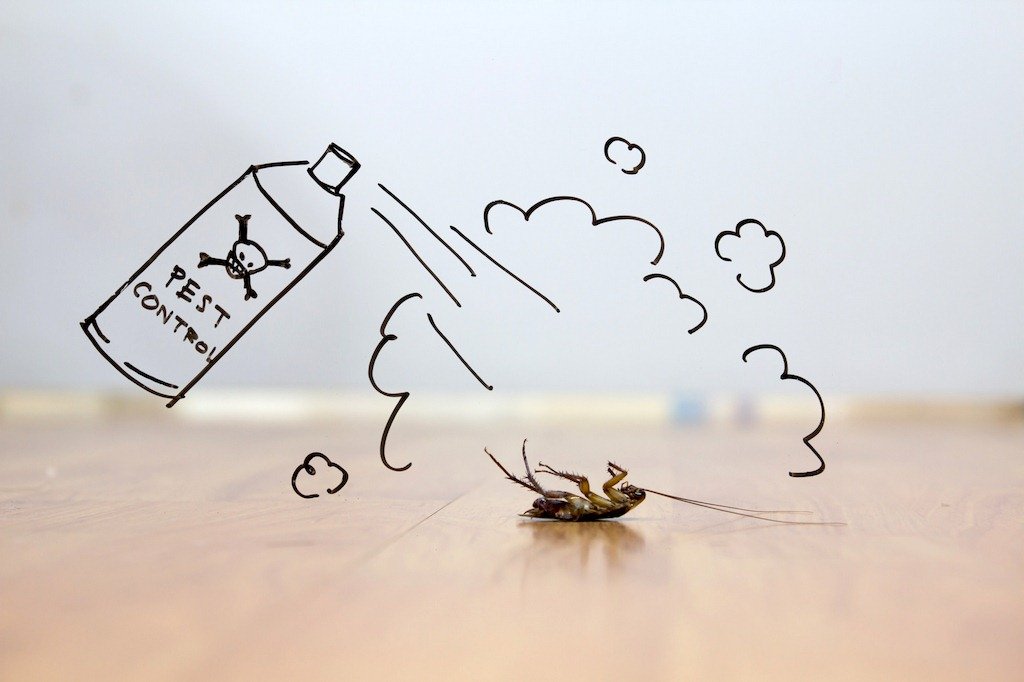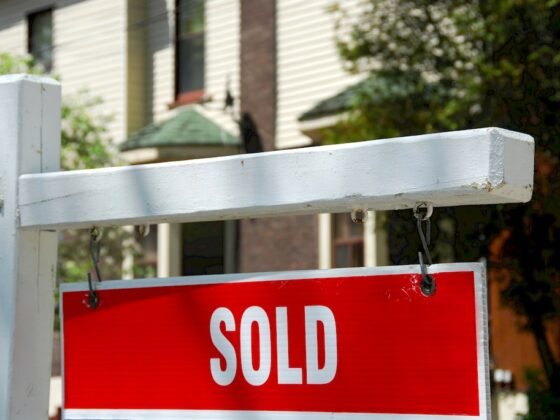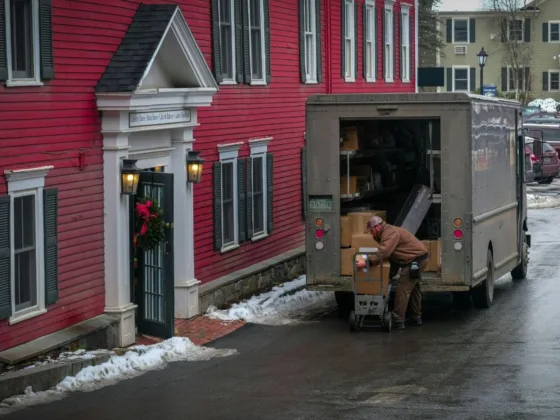Table of Contents Show
So, you’ve identified termites in your home…
Termites are little insects that feed on decaying plant material. For you, this means the wooden parts of your home, like the frame or the trim on the windows.
They can hide without detection for long periods of time, slowly eating away at the dry wood, until one day when you discover them and panic sets in.

Today, we’re going to help you answer the question, “how much does termite treatment cost?” and tell you how to detect these small but destructive creatures.
If you can get professional help, there’s a good chance you can save your home.
Read Also:
- The Only Guide You Will Need to Learn How to Get Rid of Termites in Your Home
- Protect Your Home: 4 Termite Prevention Tips You Can Use Today
- 5 common Questions About Subterranean Termites
- Ant Problem? Look How to Get Rid of them Quickly
- How to Tell If You Have Termites in Your Home
- 5 Natural Ways for Getting Rid of Termites
How Much Does Termite Treatment Cost?
The average cost of termite treatment ranges from around $200 at the low end to nearly $1,000 when there’s a real problem.
Obviously, there are numerous factors that determine where in the range your termite infestation will cost you, like:
- Size of the space that needs to be treated
- The state which the home is in. Does it encourage colonies?
- How large is the infestation? Is it contained in one area or has it spread?
- The number of treatments that are required.
If you’ve noticed a few termite spots in one part of your home and you’ve detected it early on, it’s likely that you won’t have to pay much for treatment.
If you’ve got a massive spread of colonies, then you may even need fumigation, which can cost a lot of time and cause a lot of stress when tenting is involved.
Detecting Termites
Most people simply don’t know how to detect termites, so they end up going undetected for a long time. Here’s how you can tell if there are termites about:
- Look for thin mud tubes around foundation walls. If you see small white bugs when you disrupt the tube, those are termites.
- If you noticed blistered wood, it could be because termites have been chewing into it.
- Bulging floors, ceilings, and walls could be a result of termites building nests near joints or studs.
- If you see pinholes in the wood with little piles of pellets around, these could be termite droppings.
Preventing Termites
If you can detect the termites early on, professional pest control services can get rid of the termites. For future reference, however, you should take some measures to prevent their return:
- Despite feeding mostly on dry wood, termites enjoy moist areas. If you see damp wood within a few feet of your house, get rid of it.
- Repair leaky faucets, fascia, and rotting roof shingles promptly.
- Replace loose mortar around your foundation and windows.
- Stop your gutters from dropping water around your home.
- Do routine inspections of your home and even hire a pest control service to perform regular preventative maintenance.
- Keep soil and firewood at least a foot or two away from your house.
Keep the Termites at Bay
Now that you know the answer to the question, “how much does termite treatment cost?”, you can take the proper measures to detect and deter these pests once and for all. If your home isn’t safe, then you’re not safe, so hire pest control as soon as you notice them.
If you liked this post, come back and visit us again for more real estate and home tips.









